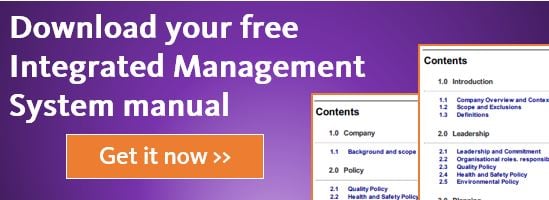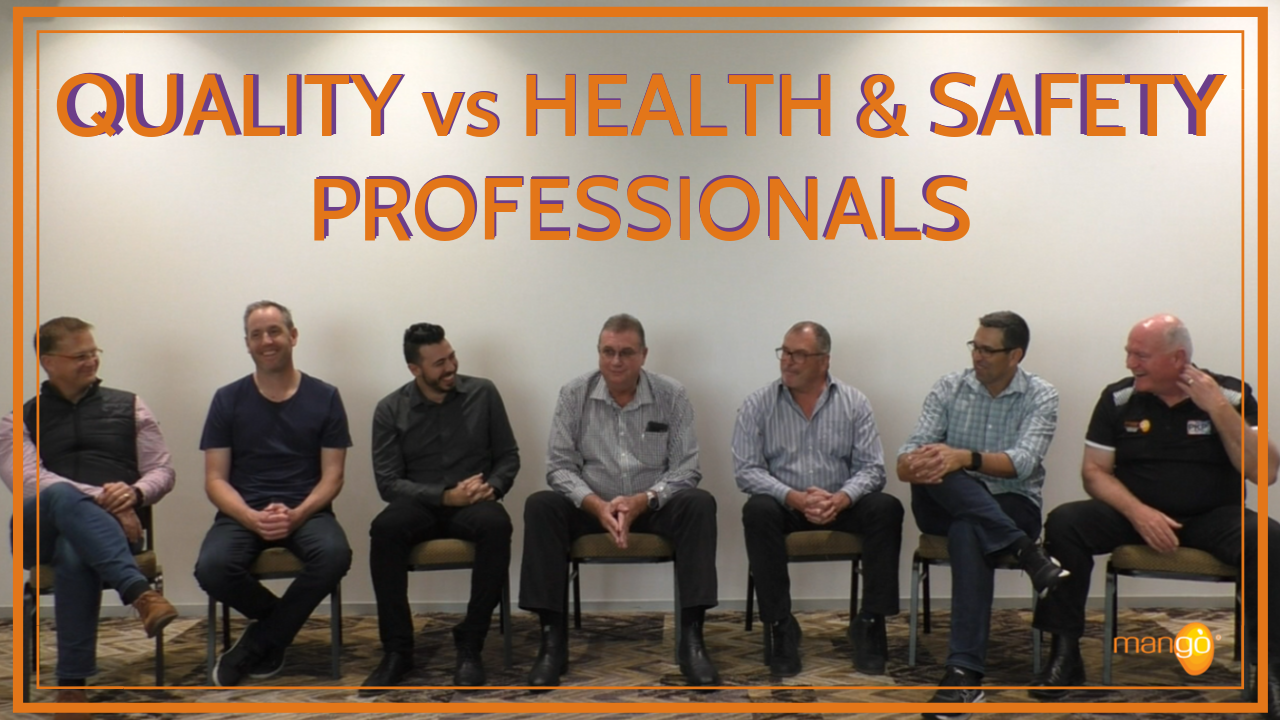The fifth principle of a quality management system (QMS) almost goes without saying – continuous improvement.
I write “almost”, because for many businesses, compliance is what they think of when they think about QMS. It’s the activity that gets the resources, the attention and the time.
For many, continuous improvement is what gets fitted around the edges of compliance. The bit that gets tackled last, energy permitting.
I can understand how this has happened – auditors, policy makers and Boards often have a do-or-die focus on compliance. There are many more standards and regulations now, and much more legislation than even just a few years ago.
I spent last month travelling through Australia, South Africa and the United Kingdom meeting both potential and existing customers. Time and again these quality professionals told me that their companies are spending way too much time on compliance and not nearly enough time on improvement. It’s a world-wide trend.
Isn't it good to focus on compliance?
Some of you are probably thinking that focusing on compliance is surely a good thing, right? Aren’t we supposed to be ticking boxes? Attending to checklists? Making compliance a priority? In a word – no. Most of the efforts around compliance are non-value-adding for the customer. All of this "busy" non-value-adding work stops the very things that do create value - improvement initiatives - in their tracks. And that’s a big problem.
Quality management should be all about the customer, always. How do you satisfy your customers, and continue to satisfy them? By formatting spreadsheets? By making sure your certificates are hanging on your wall? By tidying up your filing cabinet? Of course not. Only continuously improving what you do to keep your customers - and thus shareholders - happy.
Improvement is what really matters. Improvement is fun. It’s stimulating. It’s satisfying for you and your customers. Compliance is none of these things.
Quality Managers need to commoditise their compliance efforts and focus more of their efforts on improvement. Commoditising means to make the compliance tasks such that anyone can do it. Make it so that compliance doesn’t rely on you because you’ve got much more important fish to fry.
Spend a lot more time on improving processes and systems. Watch this pay off with improved productivity and increased profits.
Looking for Problems
Quality Managers need to look for problems and then try to solve those problems. You need to get yourself into a prevention mind-set. I love this quote from quality thought leader Phil Crosby: “Why spend all this time finding, fixing, and fighting when you could have prevented the problem in the first place?”
Just last week I ran a webinar with Ian Hendra on an alternative approach to internal audit. The traditional, confrontational approach (copied from the external auditing model) is true compliance, with not a lot of good improvement activities in the mix. Ian’s approach uses a DIME sheet to manage compliance and then to run separate improvement projects to solve the big problems.
This puts improvement back in the centre of things where it belongs, and reduces a manager’s compliance burden by replacing months and months of auditing with a single, annual, one-off activity. Have a look at the webinar to get a clear understanding of the value of a DIME, and seriously think about changing the way you do auditing.
Compliance vs Philosophy
The compliance versus improvement philosophy hit home to me when I worked for as a Director of Quality for an electronics company owned by a Japanese multinational. The Japanese CEO would say to me, “Craig you have very beautiful documents that describe your quality system. We don’t care for that. We want better quality. We want happy customers. We don’t want software bugs. We want a big improvement.” This pep talk got me out of compliance mode very fast and into where I should have been all along, into quality improvement mode. Make sure that’s where you are, too.
Takeaway
Steps to get from compliance mode and into quality improvement mode:
- Stop spending time making your documented procedures look pretty
- Stop spending time making/editing spreadsheets
- Create a process to commoditise your compliance activities
- Look at alternative approaches to compliance (like view the webinar) and commoditise those
- Read and learn about improvement from Deming, Crosby and Juran.
- Start some improvement initiatives tomorrow.
View previous blogs in this series "How to Implement a QMS and Achieve ISO 9001 Certification":
How to Implement a QMS and Achieve ISO 9001 Certification - Part 1: Introduction
How to Implement a QMS and Achieve ISO 9001 Certification - Part 2: Customer Focus
How to Implement a QMS and Achieve ISO 9001 Certification - Part 3: Leadership
How to Implement a QMS and Achieve ISO 9001 Certification - Part 4: Engagement of People
How to Implement a QMS and Achieve ISO 9001 Certification - Part 5: Process Approach
.png?width=200&height=51&name=image%20(2).png)





